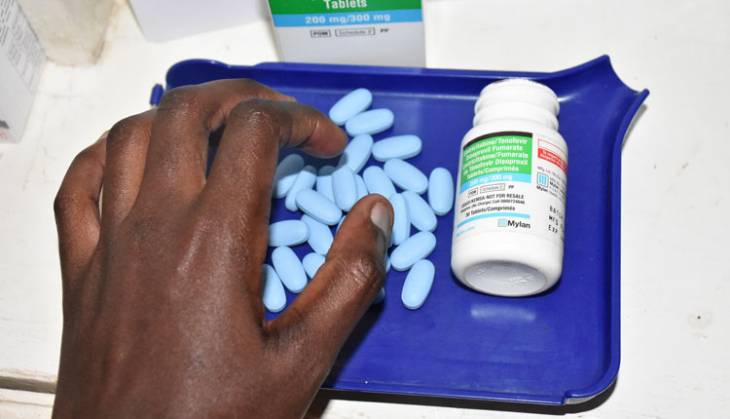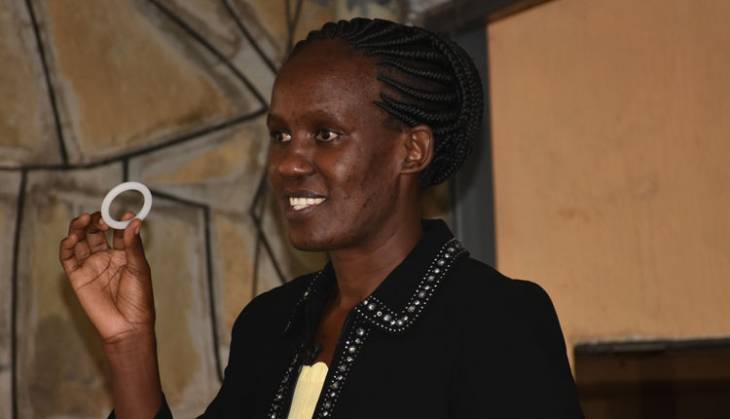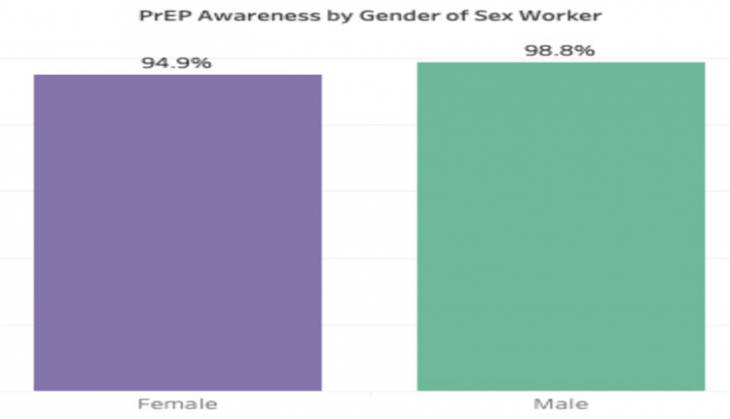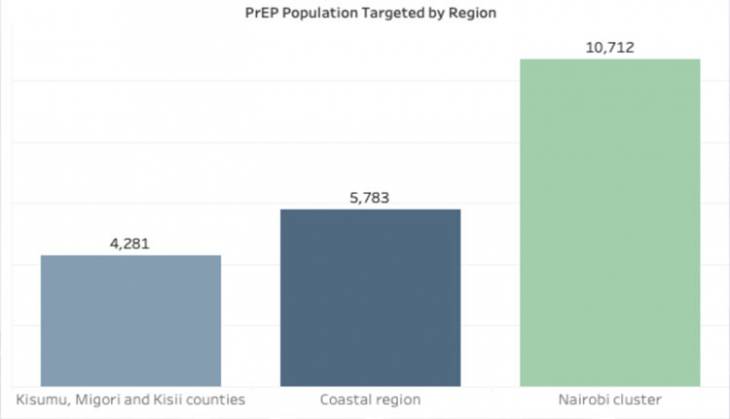How Homa Bay sex workers use PrEP to cheat HIV

It is around 9am and Joanette Achieng (not her real name) is preparing to leave her house at Shauri Yako estate in Homa Bay for the nearby Kisaka beach to look for fish and meet fishermen.
Before leaving, Achieng swallows some drug, as is her routine. It turns out the drug is Pre-Exposure Prophylaxis (PrEP) used in HIV prevention.
It has become a must-have for several high-risk communities on the shores of Lake Victoria.
For Achieng, the drug has become a part of her for a year now. She has made it a norm to take it every morning. She is among commercial sex workers who use the drug to reverse the high prevalence of HIV.
Achieng and her colleagues have now christened the drug as “sweets” and always make an effort to take it every time before meeting their clients.
“I take my ‘sweets’ daily. I do not want to contract the virus. That is why we have to constantly use the drug,” she explains.

At the beach where she plies her trade, she claims several men, most of them fishermen, prefer not to use contraceptives thus the need to take the drug.
Several men
She claims she started out as a sardine’s vendor but was compelled to become part of the high-risk community because of the low income from selling fish.
According to the mother of one, she has kept herself safe from contracting HIV despite interacting with several men.
When we caught up with her at the beach, she was in the company of another woman, who also uses PrEP to protect herself from the dreaded HIV virus.
The woman, however, says there are days she goes without taking the drug but has been fortunate not to have contracted HIV.

She says since the HIV pre-exposure drugs were introduced to them by Impact, a Non-Governmental Organisation in 2018, life and business is booming.
When she started using the drugs, she reveals she had to contend with side effects such as fatigue and diarrhea. She is now coping well.
The women are optimistic that more high-risk populations will join PrEP uptake to help reduce infection rates.
Development comes in the wake of worrying concerns over drop in some interventions against HIV in Nyanza region, including male circumcision that has registered a drop of 72.5 per cent during the Covid-19 pandemic period.
Philister Madiega, a researcher at the Kenya Medical Research Institute (Kemri), said PrEP is crucial in reducing HIV infection. According to the National AIDS and STIs Control Programme (NASCOP), the number of those circumcised in Kisumu has reduced from 900 monthly to an average of 60.
Nationwide statistics indicate the numbers have reduced from 200,000 annually to an average of 55,000.
Sustained effort
But despite the drop in circumcision, authorities are working on sustained effort to increase PrEP uptake across the country.

Dubbed “Jilinde” project, models to scale up the uptake of the HIV prevention drug has been implemented by authorities involved in the fight to reduce HIV prevalence.
Project was implemented by NASCOP in collaboration with a number of entities that have been working against time to implement various HIV prevention strategies.
It aims to bring on board several members of high-risk communities to use the drug with an aim of reducing cases of new infections.
In Kisumu, Migori and Kisii counties, about 4,281 people are targeted to be enrolled into PrEP uptake while in the Nairobi cluster, some 10, 712 people have been targeted.
Authorities are also targeting about 5, 783 people in Coastal region where some of the high-risk groups identified, include young women and adolescent girls as well as sex workers.
According to NASCOP, a number of sex workers who were interviewed during the project confessed that they were highly likely to have sex without protection.
There is, however, hope if the latest statistics are anything to go by with the project indicating that more people, especially those at high risk, are aware of the HIV prevention drug.
According to the Jilinde report released about a month ago, about 94.9 per cent of female sex workers are aware about PrEP uptake while awareness among their male counterparts stands at 98.8 per cent.
Medical experts are also exploring ways to address some of the shortcomings that have been reported in regards to PrEP usage in order to increase uptake.
Side effects
In the report, some people who have been using the drug also stopped taking it, citing side effects at 44.9 percent, burden of a daily pill at 43.6 per cent, stigma at 16.5 per cent, and lack of family support at 8.9 per cent.
Experts fear that the developments could worsen HIV situation in the country.
Authorities are also mulling ways to convince more people to embrace circumcision, which has also been hailed as an integral intervention in reducing HIV prevalence.
Over the last one year, however, as focus shifted to Covid-19 fight, the rate of circumcision has dropped significantly with reports from NASCOP’s Voluntary Male Circumcision indicating that in Kisumu, the numbers have dropped from 900 monthly to an average of 60.
Beatrice Nyagol, a research clinician at Impact Research, says circumcision alongside other measures is important in controlling the spread of HIV.
She is among the experts who have dedicated their lives to ensure that there is a reduction in HIV prevalence in the country.










